Summer in the 1990s came with its own menu—unmistakable, often processed, and impossible to forget. These snacks were part of how kids across America marked the season. They showed up at backyard barbecues, pool parties, and corner stores, packaged in bright colors with names we still remember. Let’s take a look back at the everyday foods that defined the decade.
Salmon Patties

Credit: flickr
Canned salmon was a staple in many American kitchens during the ’90s, especially in households that balanced limited time with tight grocery budgets. When mixed with breadcrumbs, an egg, and a little seasoning, it turned into a meal that could stretch across plates without sacrificing flavor. These patties weren’t made to impress—they were made to get dinner on the table fast, and they did the job well. You’d find them at church potlucks, weeknight dinners, or anywhere someone needed to feed a group without much notice.
Corn Chowder
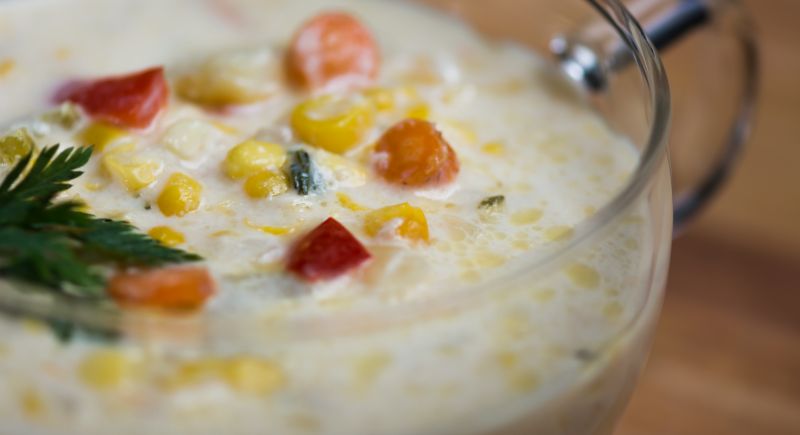
Credit: Wikimedia Commons
Despite being a hot soup, corn chowder showed up regularly during summer months, especially when fresh corn was in season. It didn’t rely on elaborate ingredients—just corn, potatoes, milk or cream, and maybe a bit of onion or celery for depth. It was served with saltine crackers or a slice of toast. Families weren’t looking for fancy—they wanted something that made use of what they had, and corn chowder was practical and familiar.
Beans and Franks
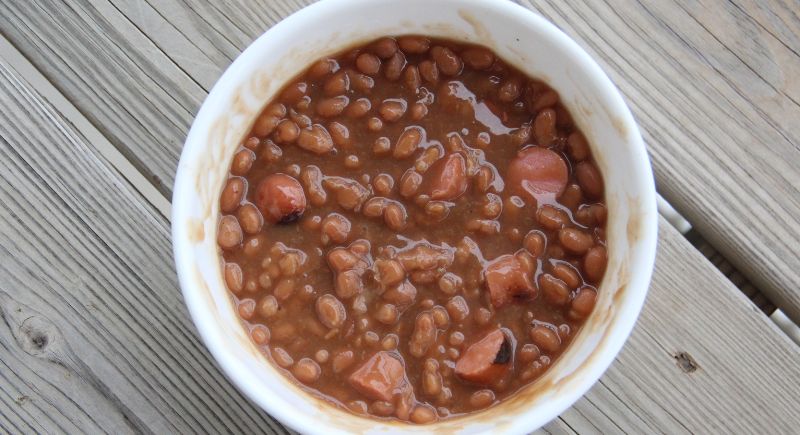
Credit: Wikimedia Commons
There’s nothing subtle about beans and franks. Canned baked beans combined with sliced hot dogs made for a dish that was a bit of a holdover from earlier decades, but it stuck around through the ’90s for a reason. It was easy, inexpensive, and didn’t require any measuring. This was a standby for summer cookouts.
Texas Toast
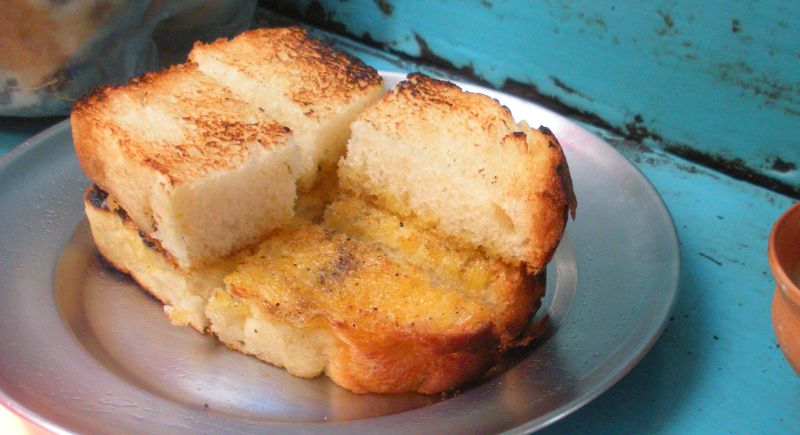
Credit: Wikimedia Commons
Thick slices of white bread slathered with garlic butter and toasted until the edges browned—that’s all Texas toast needed to be. It was sold frozen, cooked fast, and worked with just about any meal. It was never the centerpiece, but for kids who weren’t interested in the main dish, it might as well have been. The draw was in the texture: soft in the middle, crunchy on the edge, and buttery throughout.
Chicken Pot Pie
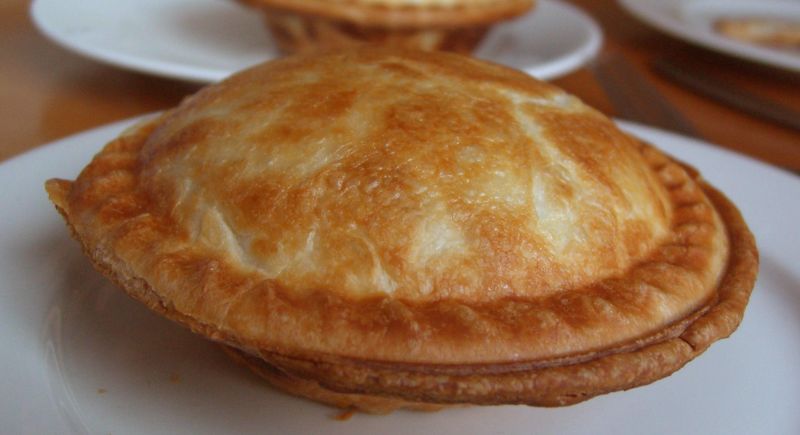
Credit: Wikimedia Commons
Frozen pot pies weren’t exclusive to winter. In plenty of homes, they made it to the dinner table even on hot days, especially when air conditioning took the edge off the summer heat. These weren’t elaborate, homemade affairs. Most came from the freezer aisle, baked in aluminum trays. Still, they offered a full meal in a single dish—vegetables, meat, and a crust that felt just indulgent enough.
Scalloped Potatoes
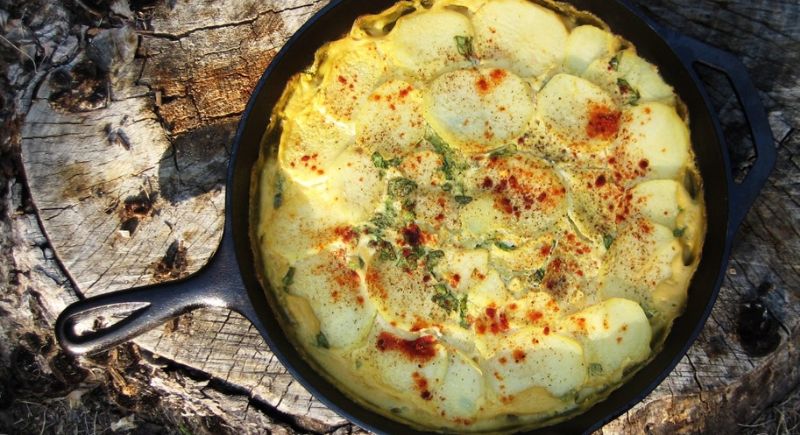
Credit: flickr
This dish leaned heavily on pantry staples—sliced potatoes, butter, milk, maybe some cheese or flour for thickening. It often appeared at summer gatherings, especially when someone needed to bring a side that would fill a dish and feed a group. The top layer crisped in the oven while the rest stayed soft and rich.
Crescent Rings
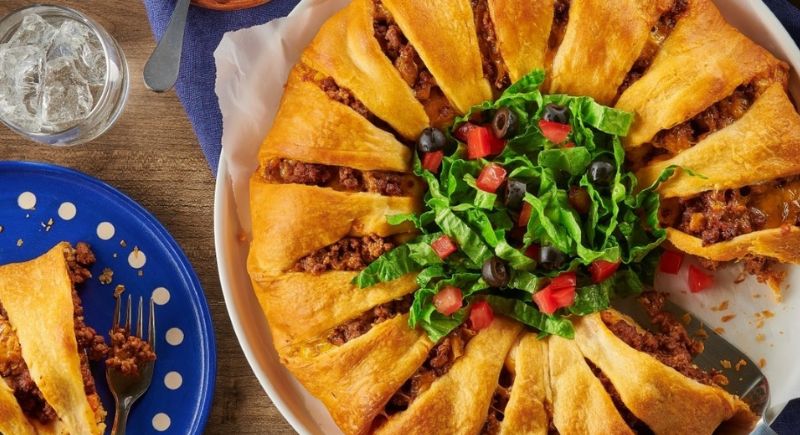
Credit: Instagram
Refrigerated crescent roll dough offered convenience and flexibility, and in the ’90s, it became a shortcut for all sorts of potluck dishes. Crescent rings, stuffed with everything from taco meat to spinach and cheese, gave home cooks a way to make something that looked more complicated than it was. They sliced cleanly, held their shape, and disappeared quickly at gatherings. The fillings varied, but the structure stayed the same.
Perfection Salad

Credit: Facebook
Perfection salad was a molded gelatin dish made with lemon-flavored Jell-O, shredded carrots, celery, and often a dash of vinegar. It was less sweet than the dessert versions but no less vibrant. The dish was served cold in molded shapes and was common at picnics and potlucks, usually brought by someone who had been making it the same way since the 1960s.
Welsh Rarebit
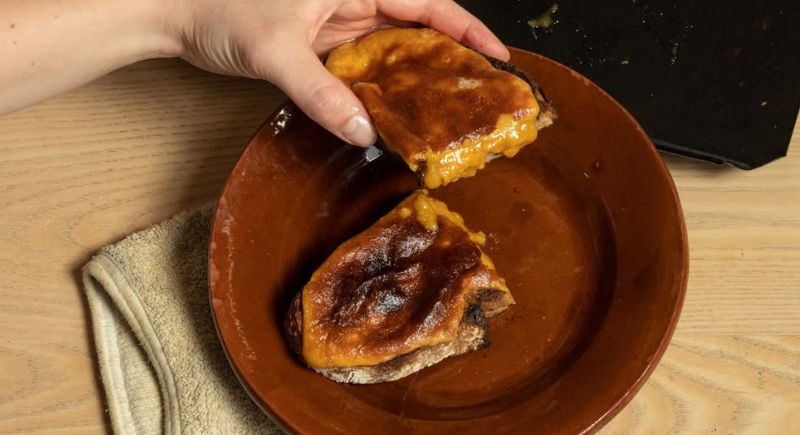
Credit: Instagram
Welsh rarebit was a cheese sauce made with cheddar, mustard powder, Worcestershire, and sometimes a splash of beer or cream. It was poured hot over toast and wasn’t something you’d find everywhere, but those who made it usually learned it from someone else—an older relative or a friend who picked it up from a cookbook. It offered a sharp, savory contrast to the sweeter foods often served in summer and worked well as a lunch or light dinner, especially with a side of sliced tomato or cucumber.
Hot Dog Salad
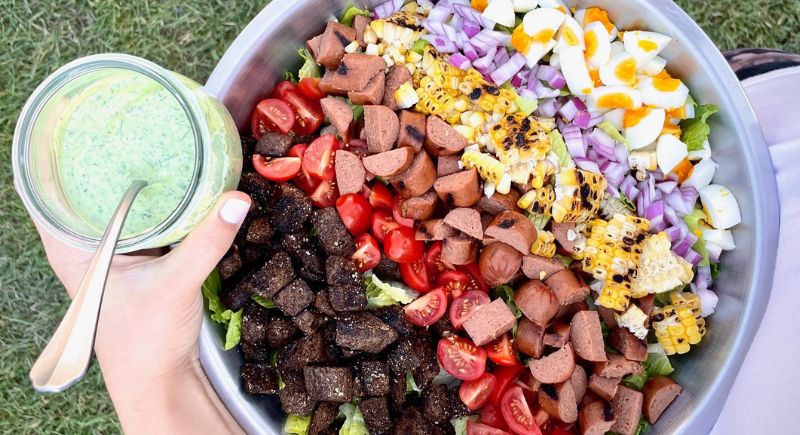
Credit: Instagram
This dish was more practical than refined. It featured sliced hot dogs mixed with chopped onions, pickles, maybe celery, and a dressing that resembled coleslaw or potato salad. It was cold, quick to make, and used ingredients that were already on hand.
Cinnamon Baked Apples
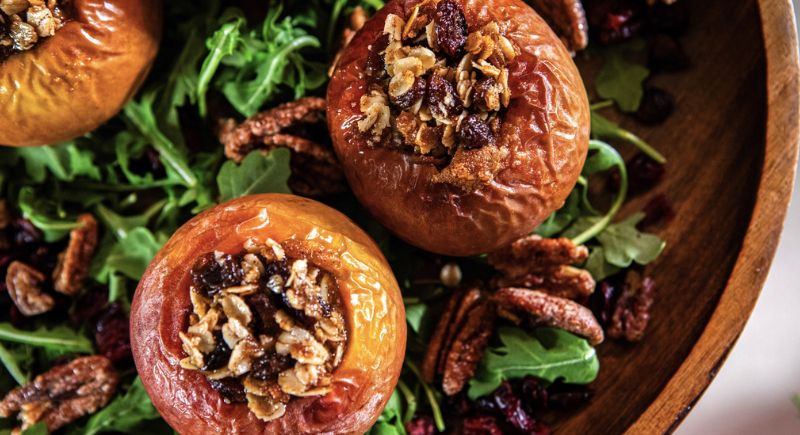
Credit: Instagram
These were a good way to serve dessert without baking an entire pie. Apples were cored, filled with brown sugar, cinnamon, and a pat of butter, then baked until soft. They were served warm or chilled, depending on the weather or the cook’s patience. The dish dated back long before the ’90s, but it remained common because it was economical, especially when apples were in season or on sale.
Berry Compote
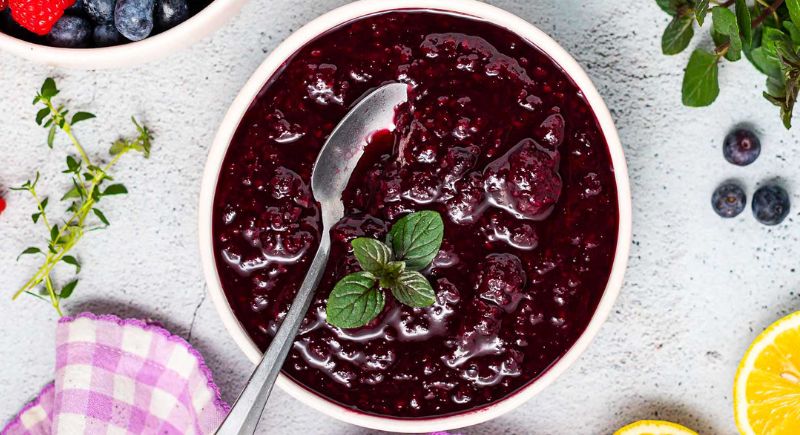
Credit: Facebook
Compote was a method more than a recipe—berries, a bit of sugar, and heat. It took five minutes and turned whatever fruit you had into something you could spoon over cake, yogurt, or ice cream. There wasn’t a specific brand or packaging tied to this dish, which made it feel less trendy and more practical.
Tang Pie

Credit: Reddit
Made with powdered Tang drink mix, whipped topping, and sweetened condensed milk, Tang pie was a no-bake option that appealed to both kids and adults. It had a distinct orange flavor and a texture similar to a key lime pie, chilled in a graham cracker crust. It wasn’t subtle, and it wasn’t meant to be.
Seven-Layer Salad
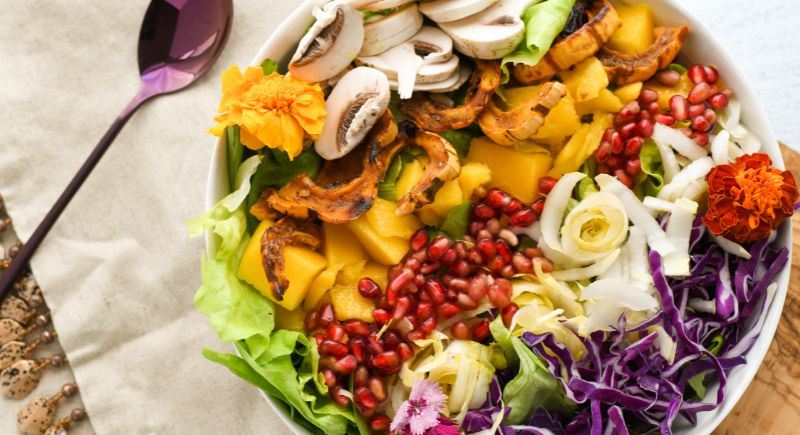
Credit: Facebook
Layered salads were a visual statement. They started with lettuce on the bottom, then vegetables like peas and bell peppers, bacon bits, shredded cheese, and a thick layer of mayonnaise-based dressing on top. The dish was then served in a glass bowl so the layers were visible. People had serious opinions about what order the layers should go in or how they should be served, but they remained popular because they were reliable, colorful, and didn’t wilt after sitting out.
Spam Salad
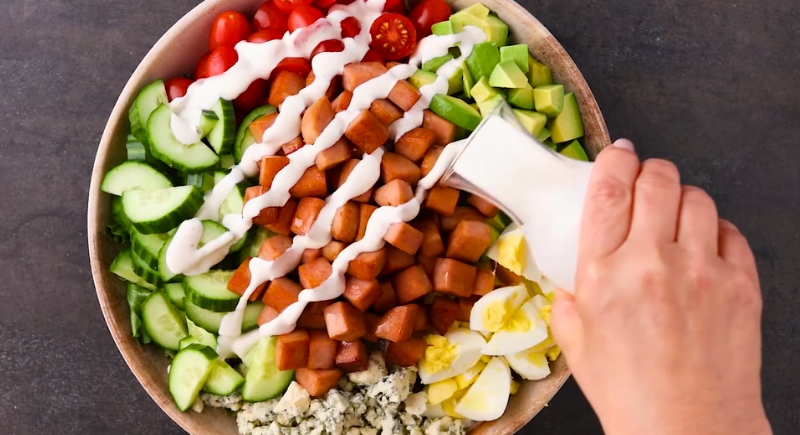
Credit: Youtube
Spam was shelf-stable, easy to dice, and blended well with mayonnaise, pickles, and sometimes hard-boiled eggs. It was often mixed with macaroni or served on white bread. The dish was part of a broader culture of convenience, where processed foods played a central role. For some, it was a childhood favorite. For others, it was a dish they inherited and kept making because it worked.
Liverwurst Spread
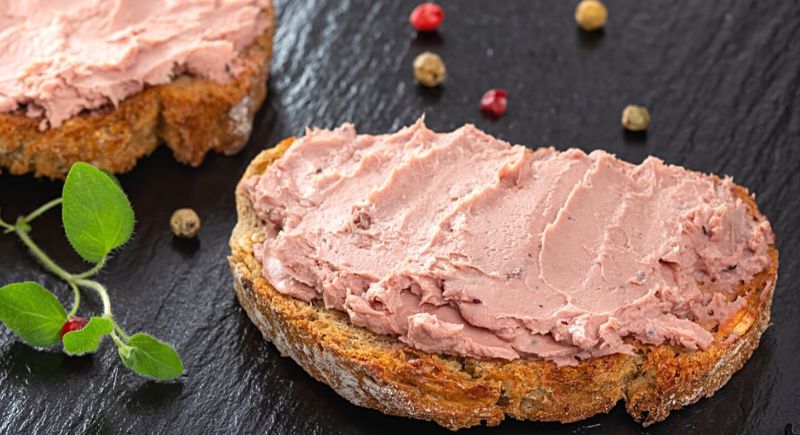
Credit: Facebook
This spread was usually made by blending liverwurst with cream cheese or sour cream and seasoned with mustard or onion powder. It was often served chilled with crackers or raw vegetables. It wasn’t universally loved, but it had a loyal following among adults who grew up eating it. It didn’t appear at every gathering, but when it did, it usually disappeared faster than expected—especially if paired with the right crackers.
Mock Turtle Soup
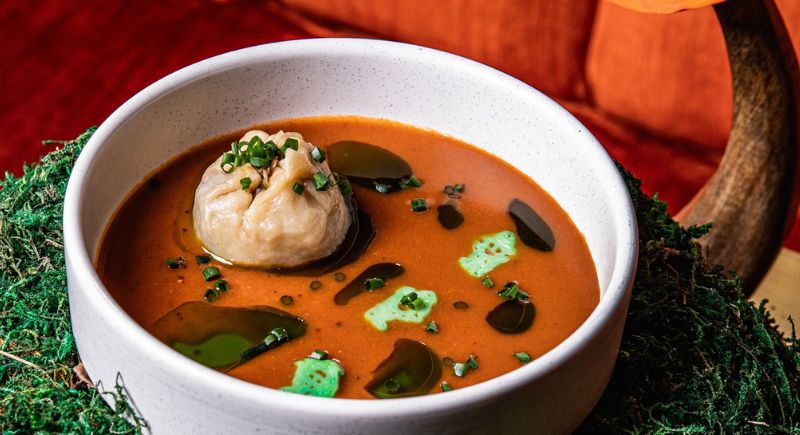
Credit: Instagram
Despite the name, this dish never contained turtle. Ground beef or organ meats stood in for the real thing in a tangy, tomato-based broth seasoned with lemon and hard-boiled egg. It had roots in English and Midwestern cooking and sometimes showed up at larger family events or regional cookouts.
Tapioca Pudding

Credit: flickr
Tapioca was a pantry item in many homes, and pudding was made with milk, sugar, and tiny pearls that gave it its signature texture. It offered a familiar ending to a meal. The pudding was served cold in the summer and had a chewy quality that wasn’t for everyone—but for those who liked it, nothing else compared.
Potato Pancakes
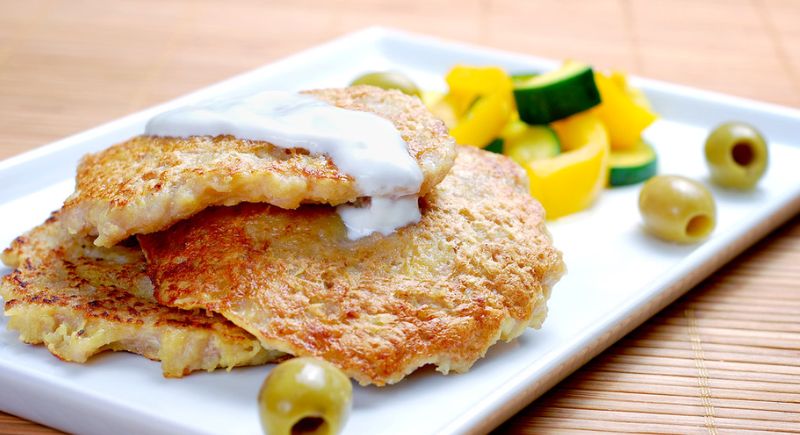
Credit: flickr
Crisp on the outside and soft inside, potato pancakes used simple ingredients—grated potatoes, onion, egg, and a bit of flour. They work well at cookouts or as a side dish when you need something hot that cooks quickly. They crossed cultural lines and stayed relevant because they were inexpensive, adaptable, and could be made from scratch without much effort.





